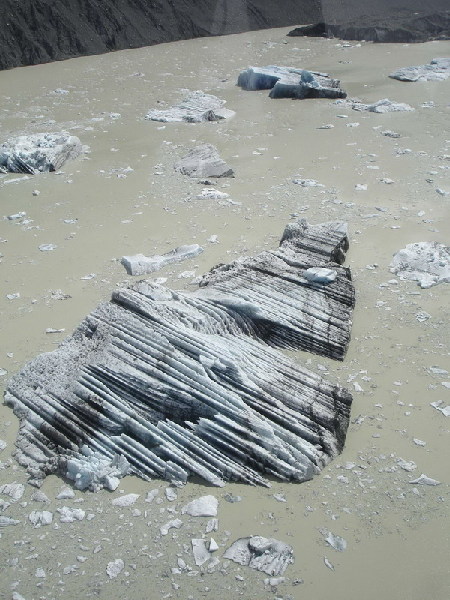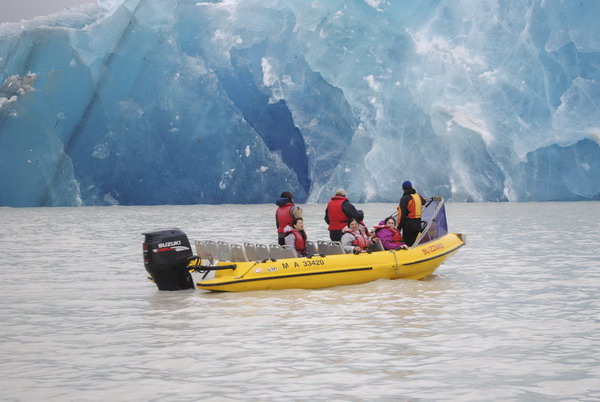Asia-Pacific
NZ quake sends 30m tons of ice loose from glacier
(Agencies)
Updated: 2011-02-24 10:39
 |
Large Medium Small |
|
 An iceberg, broken off from the glacier after Tuesday's earthquake, is seen in the Tasman Lake, 200km (124 miles) southeast of Christchurch in this handout photograph released Feb 22, 2011. The 6.3 magnitude earthquake that struck New Zealand on Tuesday, killing at least 76 people in Christchurch, also shook loose 30 million tonnes of ice from the nation's longest glacier, sending boulders of ice into a nearby lake. [Photo/Agencies] |
WELLINGTON - The 6.3 magnitude earthquake that struck New Zealand on Tuesday, killing at least 76 people in Christchurch as of Thursday, also shook loose 30 million tonnes of ice from the nation's longest glacier, sending boulders of ice into a nearby lake.
 Tourists on a boat watch an iceberg, broken off from the glacier after Tuesday's earthquake, in the Tasman Lake, 200km (124 miles) southeast of Christchurch in this handout photograph released Feb 23, 2011. [Photo/Agencies] |
Tour boat operators in the area said parts of the Tasman Glacier calved into the Tasman Lake immediately after the quake, breaking into smaller icebergs and causing 3.5 metre-high (11-foot) waves.
|
||||
He added the ice fall or 'calving' was expected, given the large amount of recent rain, the changing of the dynamics of the lake and the La Nina weather phenomenon, a factor in higher levels of rainfall.
"We have known for some weeks that an event was coming, what is just a complete curve ball, left field, is that it was the earthquake that set it off and caused the calving," Callesen told Reuters.
Callesen added that icebergs now cover a quarter of the five km by two km Tasman Lake, which is about 200 km west of Christchurch on New Zealand's South Island.
| 分享按钮 |



